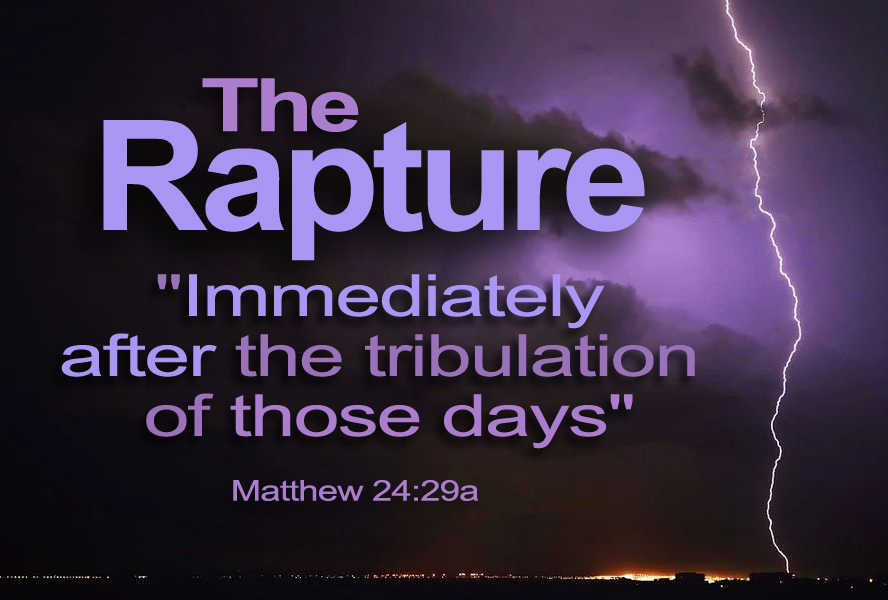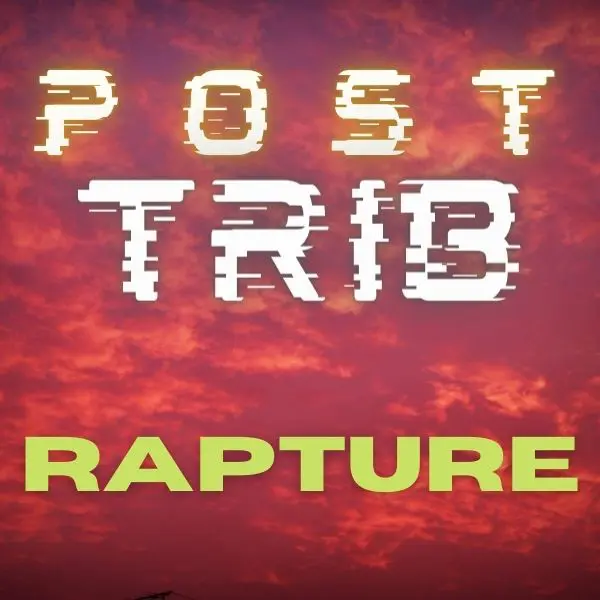The Post-Tribulation Rapture Doctrine
Unveiling the Post-Tribulation Rapture Narrative in Matthew 24, 2 Thessalonians and Noah’s typology: A Comprehensive Exploration

Within the realms of biblical prophecy, Matthew 24 and 2 Thessalonians emerge as pivotal passages that have sparked extensive theological discussions, particularly regarding the timing of the Rapture. Advocates of the Post-Tribulation Rapture Doctrine find compelling support in these scriptures, asserting that they provide a coherent narrative of believers enduring tribulation and being gathered to Christ afterward.
Matthew 24: Endurance Through Tribulation
Verses 9-13: In the opening segments of Matthew 24, Jesus forewarns His disciples about the tribulation they will face, including persecution, deception, and lawlessness. The emphasis on endurance aligns with the Post-Tribulation perspective, suggesting that believers will experience and overcome these challenges before the anticipated gathering.
Verses 15-31: A critical juncture in Matthew 24 centres around the reference to the “abomination of desolation” and the cosmic signs preceding the coming of the Son of Man. Post-Tribulation adherents contend that the gathering of the elect, described in verses 29-31, follows the tribulation events, providing a clear timeline for believers enduring through this period.
1. “Matthew 24: Unveiling the Post-Tribulation Rapture Through the Typology of Noah”
“Matthew 24: Decoding the Post-Tribulation Rapture Through the Days of Noah”
In Matthew 24, Jesus unfolds a prophetic panorama that intricately weaves through the tribulation, the coming of the Son of Man, and a post-tribulation rapture. The key to understanding this enigma lies in Jesus’ poignant reference to the days of Noah, where the evolving wickedness of humanity paints a vivid parallel to our contemporary world.
The Heat of Man’s Wickedness: A Continual Pattern
Jesus sets the stage by likening the days leading to His return to the days of Noah. Intriguingly, He notes that “as it was in the days of Noah, so will it be at the coming of the Son of Man” (Matthew 24:37). To grasp this prophetic analogy, we delve into the Genesis narrative, where the heart of man became evil continually.
Days of Noah: A Mirror to Today’s World
Genesis 6 paints a grim picture of humanity’s descent into moral decay. The prevalent wickedness and corruption echo the realities of our modern era, where societal norms often stray from righteousness. As in Noah’s time, the world today grapples with moral degradation, avarice, and a disregard for divine principles.
Enduring Tribulation: Noah’s Experience as a Foreshadow
Noah, a righteous man amidst a morally bankrupt world, faced a tribulation of unprecedented proportions. Similarly, believers are forewarned of a tribulation period preceding the return of the Son of Man. The enduring faith of Noah becomes a foreshadowing template for believers navigating the challenges of the last days.
Entering the Ark: Symbolising Christ’s Refuge
Noah’s ark emerges as a poignant typology of Christ. Just as Noah and his family sought refuge within the ark amid tribulation, believers find sanctuary in Christ as they navigate the challenges of the prophesied tribulation. The ark symbolises the safety and deliverance found in a relationship with Christ.
Closing the Ark’s Door: Culmination of Salvation
In the Genesis account, God, after Noah and his family entered the ark, closed the door before initiating the floodwaters of divine judgement. This moment signifies a transition from tribulation to divine protection, reminiscent of the post-tribulation rapture perspective, where believers are securely gathered to Christ before God’s final judgements unfold.
Wrath Upon the World: A Final Parallel
The Genesis flood serves as a stark reminder of divine wrath upon a world that rejected righteousness. In a parallel manner, the post-tribulation rapture perspective posits that believers will be gathered to Christ before God’s final judgements pour out upon an unbelieving world.
Conclusion: A Post-Tribulation Rapture Unveiled
Matthew 24, intertwined with the typology of Noah, intricately reveals a post-tribulation rapture narrative. The parallel between the days of Noah and our contemporary world underscores the prophetic warnings of Jesus. As believers brace for tribulation, the enduring faith of Noah and the secure refuge symbolised by the ark offer profound insights into the assurance and deliverance awaiting those in Christ.
In this exploration, the Church’s trajectory mirrors Noah’s journey – enduring tribulation, finding refuge in Christ, and experiencing the culmination of salvation before divine judgement. The typological connection between Noah’s days and the post-tribulation rapture unfolds a tapestry of hope, assuring believers that, as in the days of Noah, God remains faithful to deliver His people from the throes of tribulation.
2 Thessalonians: The Day of the Lord

2 Thessalonians 2:1-3: Paul addresses the Thessalonian believers’ concerns about the Day of the Lord, emphasising that it will not come until the “apostasy” occurs and the “man of lawlessness” is revealed. Post-Tribulation proponents argue that this aligns with the sequence of events described in Matthew 24, emphasising a continuity of narrative.
2 Thessalonians 2:4-12: The subsequent verses depict the revelation of the man of lawlessness, his opposition to God, and the strong delusion that leads people astray. Post-Tribulation interpreters connect these passages to the tribulation period described in Matthew 24, reinforcing the idea that believers will witness these events before the ultimate gathering.
Harmony Between Matthew 24 and 2 Thessalonians:
- Chronological Consistency: Post-Tribulation proponents find consistency in the chronological unfolding of events in both Matthew 24 and 2 Thessalonians. The tribulation, the revealing of the man of lawlessness, and the subsequent gathering of believers align cohesively.
- Endurance and Patience: The themes of endurance, patience, and perseverance permeate both passages, reinforcing the notion that believers are called to navigate the tribulation with steadfast faith.
Criticisms and Counterarguments:
- Dual Fulfilment: Some scholars argue for a dual fulfilment perspective, suggesting that certain elements of these passages may have immediate historical relevance while also pointing to future events.
- Symbolic Interpretation: Debates persist regarding the extent to which the language in these passages should be interpreted literally or symbolically, influencing differing perspectives on the timing of the Rapture.
Conclusion:
As believers delve into the intricacies of Matthew 24 and 2 Thessalonians, the Post-Tribulation Rapture Doctrine emerges as a coherent and internally consistent interpretation of these passages. Engaging in respectful dialogue and exploring alternative perspectives within the broader Christian community enriches our understanding of these profound biblical prophecies.
